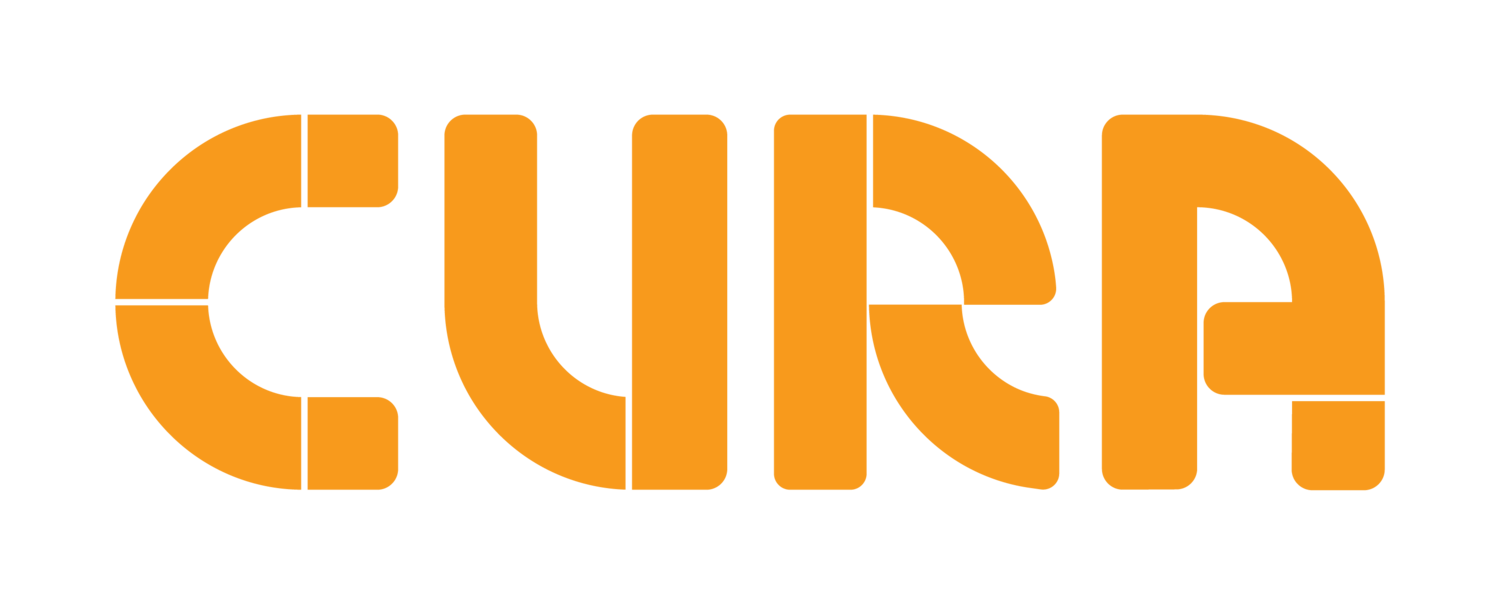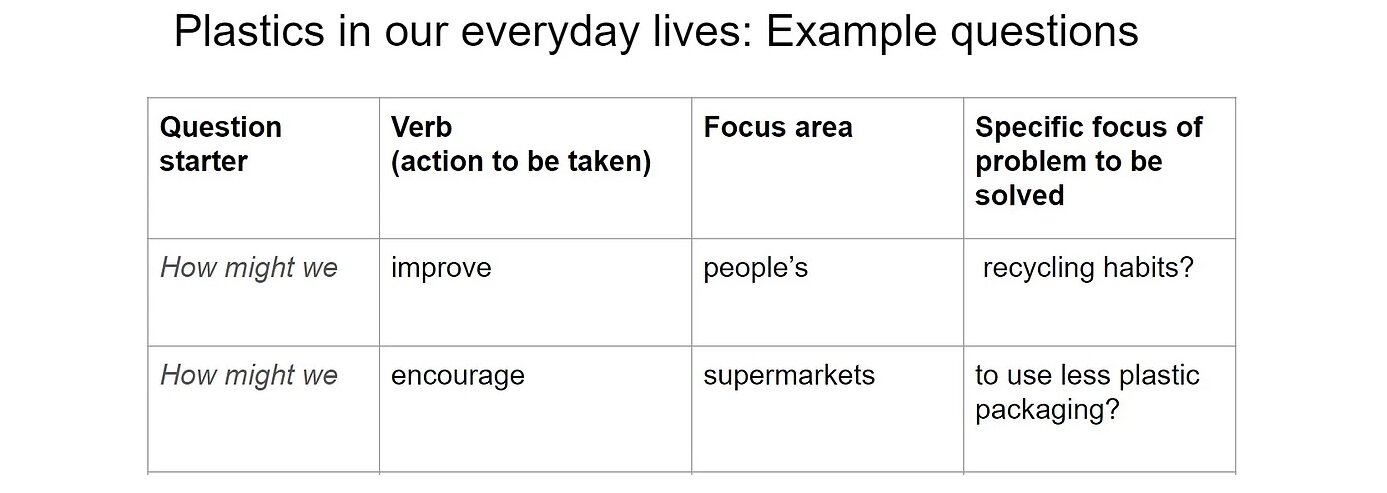Fine-tuning PBL for Year 7 students
What do you do when you are starting a new school and want to incorporate PBL as one of the key pedagogies? The answer is: treat the exercise as a PBL project in its own right! This is exactly what Prahran HS, one of Melbourne’s newest highest schools, has recently done. In this installment of eduSTEM review, Jonathon Wouters (former Learning Specialist at Prahran HS) explains the school’s novel approach to developing their PBL curriculum, as well as some of the key lessons they have learnt in Year 1. These lessons are particularly relevant to making PBL work with younger students – in this case, Year 7s - who come to PBL with less background in creative and creative thinking and fewer technical skills.
Getting started – leverage Design Thinking to develop your PBL program
Stage 1: Empathise - What was the context?
Starting a school affords one the opportunity to envision a school for the local context. At Prahran High School (PHS), opening our door to a cohort of Year7 students in 2019 meant we could build the kind of school that the community and staff wanted. After the principal Nathan Chisholm wrote the vision and values (curiosity, creativity, character, and challenge) in mid-2018, we knew we needed to found a school for the future. That meant realising our values, in part, through Project Based Learning (PBL) and the Design Thinking process. We knew that these would provide opportunities for innovation, collaboration, and the other skills and capabilities we deemed vital for the 21st century.
Stage 2: Define - What were we trying to achieve?
While there was a growing sense of where we were taking this unique and exciting problem, we needed a question to drive our thinking in the right direction. We understood that we needed PBL and Design Thinking to be a critical part of the fabric of PHS and come Year 9 that students would be exercising agency through innovation and problem solving. Our question was along these lines; How might we make Project Based Learning and the Design Thinking process an integral part of our approach to learning at Prahran High School?
Stage 3: Ideate - How were we going to achieve it?
In response to the question, a subject called Design Lab was envisioned. Design Lab is project-based learning that is driven by the Design Thinking process and is an integration of curriculums from Critical and Creative Thinking, Design and Technology, and Digital Technologies.
Stage 4: Prototype - What did we do?
2019 has been the year to prototype Design Lab as a program and concept. Our first prototype project was the challenge of re-conceptualising and redesigning a laneway within the school grounds that had not been part of the initial school design and build; this challenged students to engage with the space, identify how that space could be used to promote the physical and mental wellbeing of students, and then plan and model what they wanted it to look like and contain. The second project focused on the problem of ocean plastic waste; students explored the different factors contributing to the problem, existing innovative approaches to tackling the problem, and then developed and prototyped their own strategy for reducing ocean plastics.
Stage 5: Test – What did we learn?
Over the duration of three terms we have learned a number of vital lessons that we continue to ponder and unpack. These lessons have been particularly pertinent in terms of driving our understanding of how we go about kick-starting PBL with Year 7. In sharing these it is hoped that our inquiry leads you to a deeper understanding of your own PBL journey.
What we learned about fine-tuning PBL for Year 7s:
Lesson 1: Provide prompts and guard rails
One of the things that attracts most teachers to PBL early on is the level of independence that students have in solving questions and framing their problems. However, one of the challenges that you face almost from Day 1 when using PBL is the question of how much agency Year 7s can actually handle. We feel that there is a critical point at which too much agency become unproductive. We believe that agency needs to be developed through explicit teaching, through participation in positive experiences relating to exercising agency, and through deliberate scaffolding that is gradually removed. Students in Year 7 do not yet seem to be able to engage in a PBL experience where all the choices are up to them. Hence we tried to gradually release responsibility to them and in so doing build up their capacity through Years 7 and 8, so that in Year 9 they are able to exercise a great deal of agency in their learning. One of the ways we did this was through creating meaningful frameworks to guide students’ thinking. We found that typically students in Year 7 cannot create strong driving questions in the define stage. When we scaffolded this process for them, we were scripting their thinking and that makes the quality of their thought more tangible.
Lesson 2: Consider starting with problems or project themes that have defined solutions
We realised that some problems lend themselves more to one stage of the Design Thinking process. Take for example the laneway problem; while a great challenge, it does not really allow for students to engage in a variety of ways to solve the problem (ideate). The problem is essentially defined for them in the brief and they engage in solving an already defined problem (the brief was specific to the predetermined functionality of the laneway space). Thus, while the Empathise stage was still relevant and important, it was not so in the same way that exists in other situations where, through empathising, various ways of defining the problem emerge. In turn, by limiting the empathise phase, we were able to place some natural limits on the Ideate phase as well. This had 2 benefits:
Allowed students to develop foundational Design Thinking skills: By placing limitations on the problem and possible solutions, students developed an introductory understanding of each phase of the design thinking process, as well as the skills and processes related to each phase. This “beginner” experience ensured that they were ready for a broader, more complicated challenge second time around. In essence, this embraced the concept of “levelling up” that is central to the attractiveness of computer games.
Ensured that students got to the “pay-off” reasonably quickly: The Design Thinking or PBL phase which we have found that hooks students the most is the hands-on stage of prototyping. Ideally, in the students first project you want to nail this stage, since this serves to impact their perception of future projects. A good experience here will have students excited about future projects. As such, a theme that allows you to avoid getting too bogged down early on, so that you arrive at the prototyping phase sooner rather than later, will ensure that students become PBL fans! Having said that, don’t rush! Students will tend to want to rush straight to solution mode, often at the expense of developing the critical thinking skills that ensure that their product or solution adequately solves the problem it is meant to address. As such, finding the right balance between this tension will be one of your early goals; smart selection of your theme will allow you to do this.
Lesson 3: Provide students with examples to spur creativity
We have learned that exposure is key to creativity and that students’ capacity for creativity is improved through exposure to previously unknown content and ideas. We found that this was not something they could do without us. We needed to see the empathise stage as an opportunity to expose students to different and new ideas. In the proceeding stage where research was required, we even went as far as providing students with research rather than having them find it themselves. As part of the exposure we always tried to engage them with interesting ideas. We have found that widening the boundaries of their exposure to creative ideas is actually how creativity is fostered. As part of this, we provided students with a framework for thinking and creating new ideas. It was a framework drawn from English where it was being used for writing, but we wanted the thinking processes behind the model to be transferred across contexts. The model is below:
Lesson 4: Front-load technical skills
We noticed that there is a significant correlation between the solutions to problems that students are able to produce and the skills, especially technical skills, they possess. When we front-loaded technical skills in the empathise or define stages (or even prior to the problem being introduced), students’ ideas improved and so too did their prototypes. While it seems obvious that prototypes progress as skills sets are developed, what we learned was that the possession of skill sets actually plays a role in driving the creative confidence of students and thus impacts on their imagination.
Conclusion
At Prahran High School, our solution to the question of how to make PBL and the design thinking process integral to our school is still being tested. We realise that as we tinker with our current solution, we need to remember to engage playfully and be open to continual rethinking of what we design. In a way, our question has begun to shift to one that is more sustaining:
“How might we remain continually open and playful as we imagine and reimagine PBL in our context?”
Jonathon Wouters, Former Learning Specialist Prahran High School




